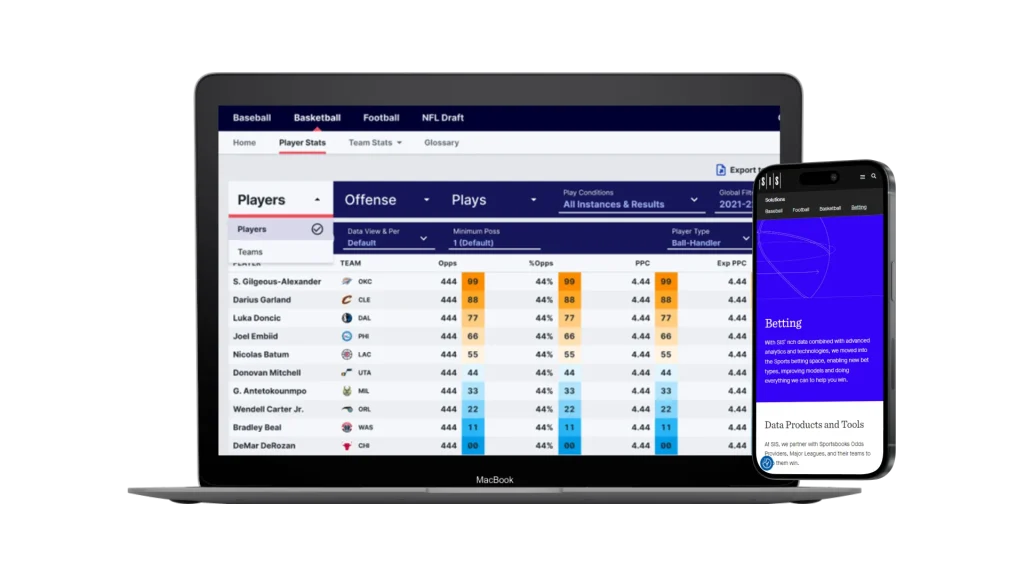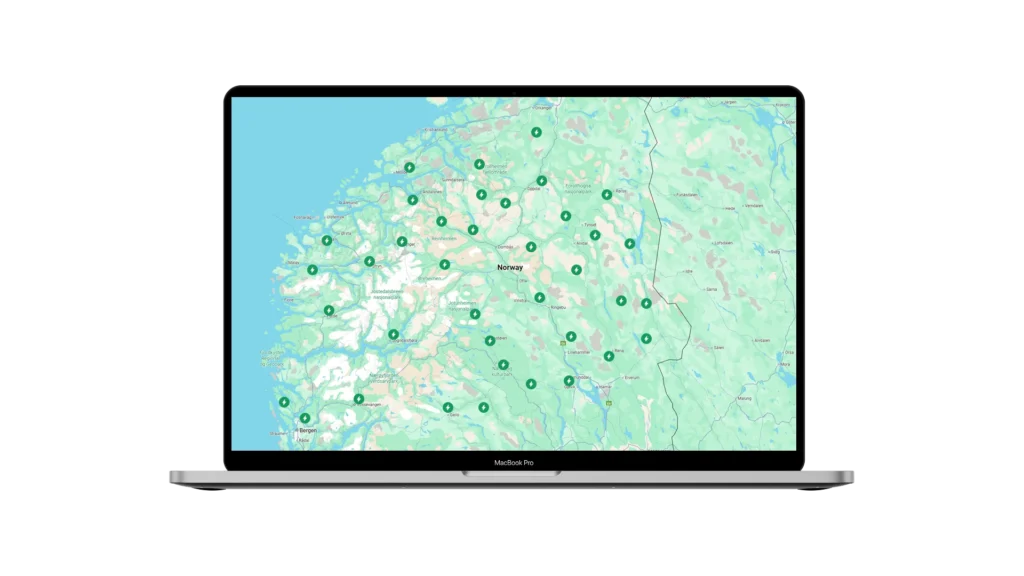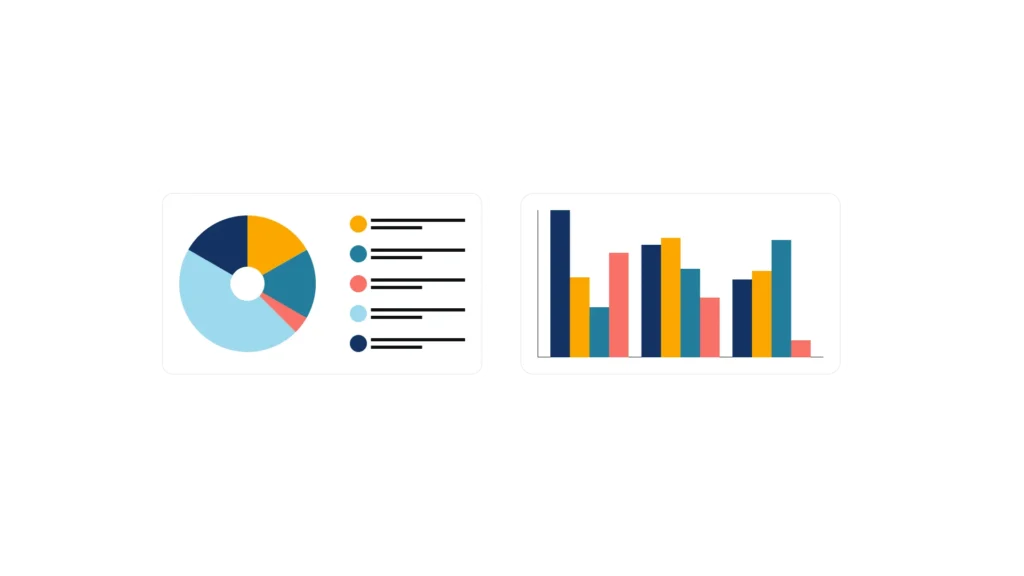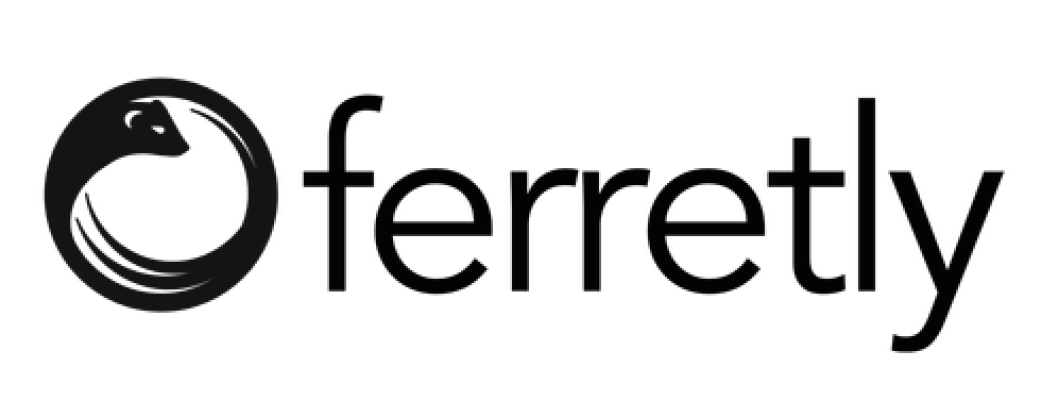Define boundaries. Unlock modular modernization.
Monolithic legacy systems resist change by design, with intertwined dependencies, ambiguous business domains, and hidden side effects that make every release risky. Our scoped decomposition strategy breaks these patterns, enabling incremental modernization with zero disruption to ongoing delivery.
- Modular boundary mapping. We apply advanced code and architecture analysis, supported by hyper-specific prompting for AI agents, to segment legacy monoliths by business domain, integration contract, and database dependency. Each module is evaluated for functional cohesion, change risk, and decoupling feasibility.
- Slice definition & isolation. Using the AI Solution Accelerator™ approach, we define precise migration slices by business value, API surface, and testing scope. Every slice is scoped for independent development and deployment, with clear rollback boundaries and integration touchpoints. This approach avoids “big bang” cutovers, turning monolith extraction into a controlled, iterative process.
- Delivery decomposition guides. We deliver actionable decomposition playbooks that detail migration criteria, integration rules, and QA requirements for every modernization slice. Rollback and test isolation steps are predefined, allowing releases to move forward without the need for complete rearchitecture. Each playbook covers stakeholder maps, dependency blockers, and handover instructions — keeping engineers, QA, and business owners fully aligned on modernization goals at every stage.
- Parallel execution. Scoped decomposition is designed for real-world delivery. Modernized slices are delivered in parallel with existing feature releases, using side-by-side execution and progressive rollout. We track dependency shifts, regression risks, and test coverage deltas at every step, keeping business-as-usual releases stable.
- AI-driven decision support. Agent assist AI supports decomposition with real-time dependency maps, risk heatmaps, and slice impact forecasting.
Scoped decomposition turns monolithic inertia into controlled, modular progress.
With Devox and the AI Solution Accelerator™, legacy modernization becomes an engineering discipline.





































